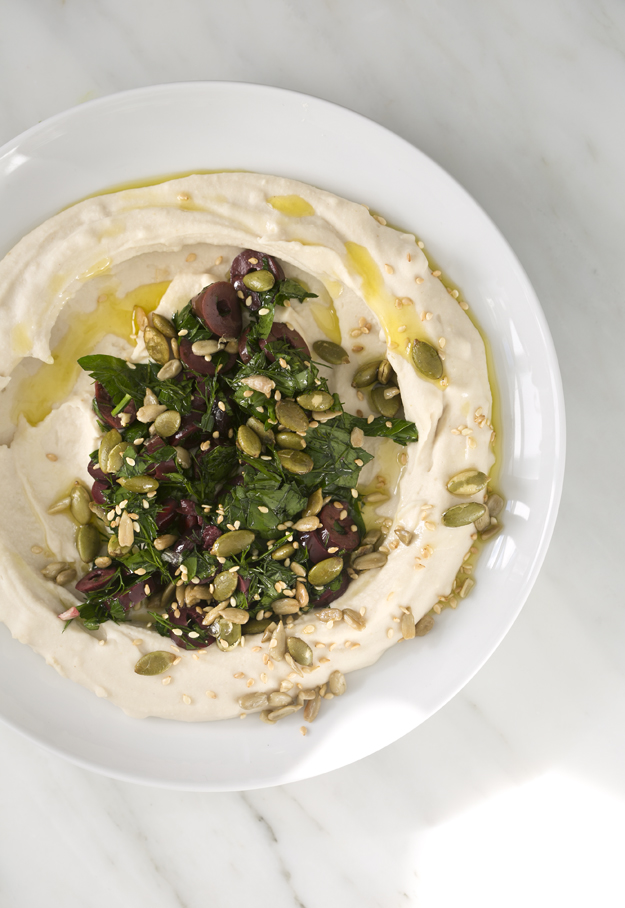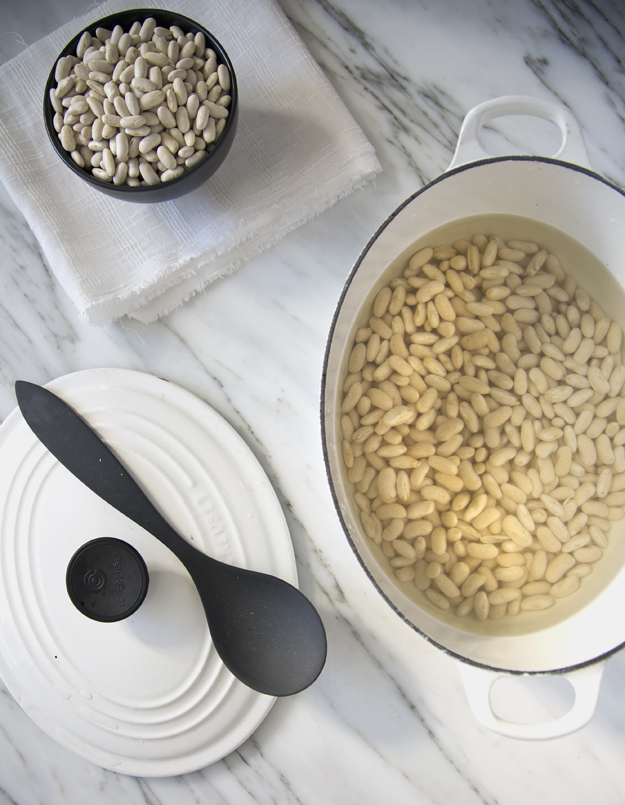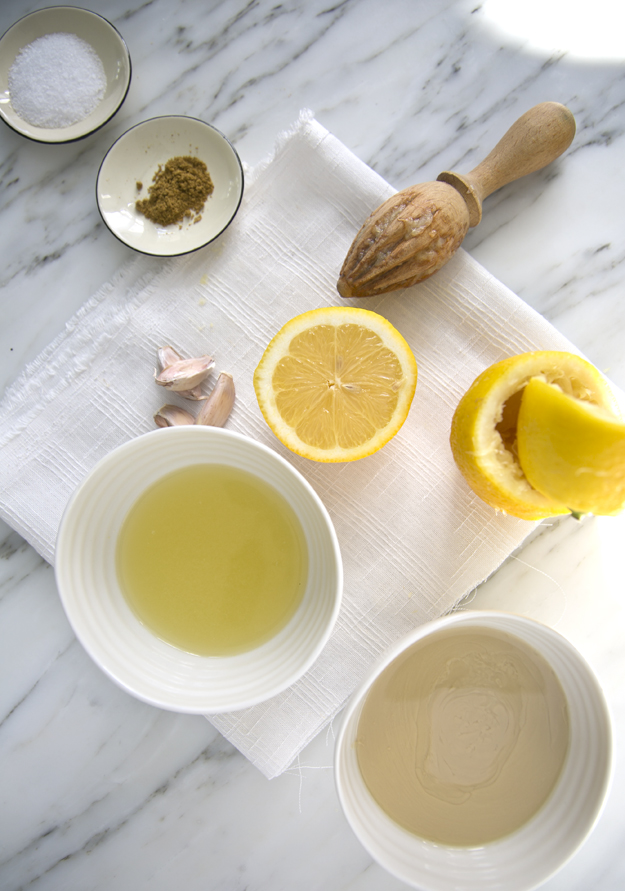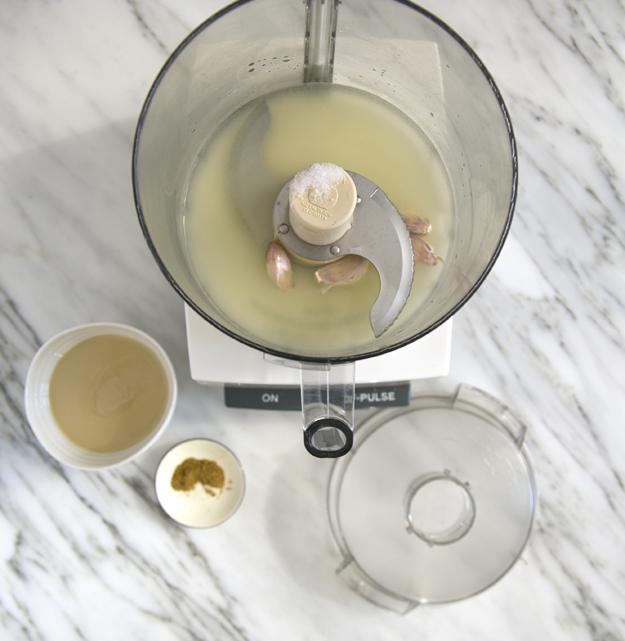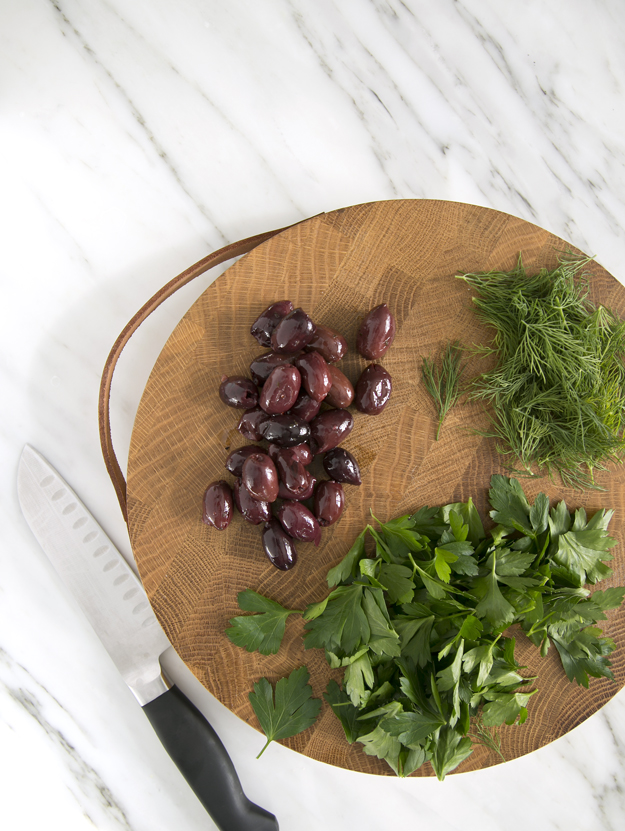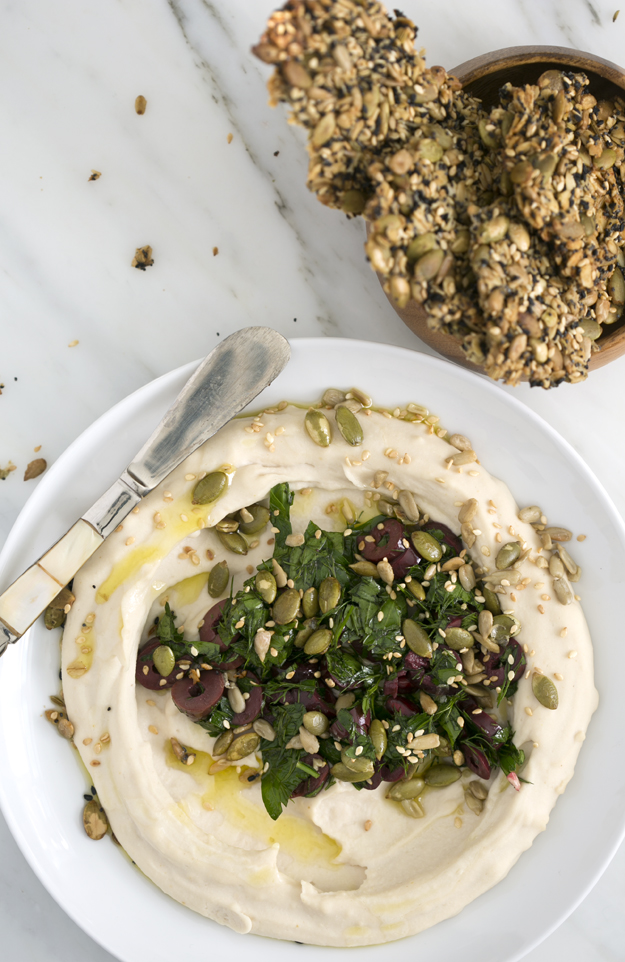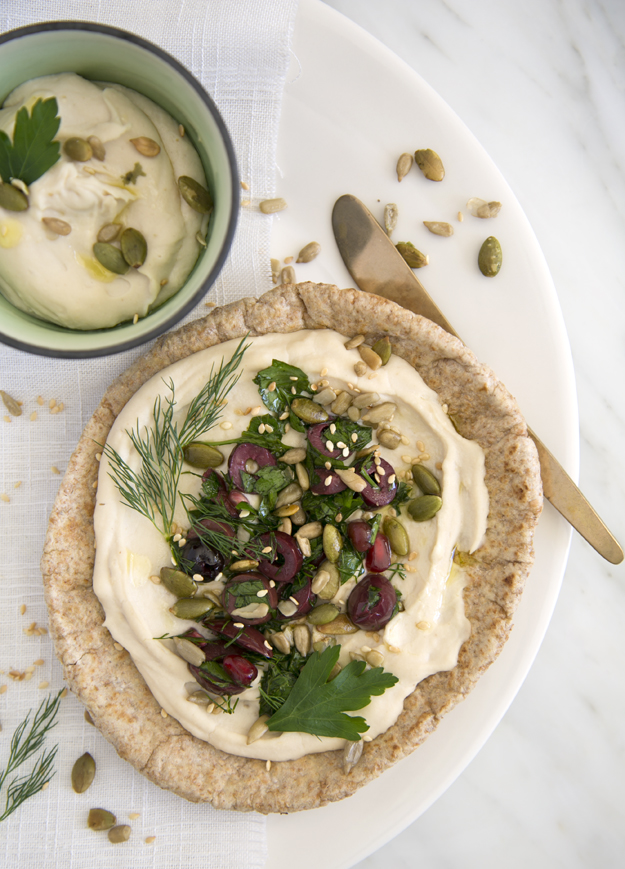Last week I posted about my epic failure with Passover Lemon Pistachio Bars . I made a nut crust for my lemon squares because flour is not permitted on Passover. When I baked the lemon squares, the crust floated to the top and the lemon filling sunk to the bottom – sort of upside down lemon squares!
I put out a call for assistance in helping me figure out where I went wrong. I got lots of feedback and suggestions. Thanks. You guys are the best! The mystery is solved. I received a comment from my neighbour Jackie. If like me, you geek out over the science of baking, reading her explanation will fascinate you.
Here’s what she wrote:
I may have the answer. It has to do with the specific gravity of the ingredients. Nuts are lighter than water, so will float. Ground nuts remain as little pieces of nuts after baking. So, a crust mixture with a high proportion of nuts will be far less dense than the filling. The situation was exacerbated by the lack of flour to form a cake/pastry matrix which may have locked in the nuts pieces.
To confirm my suspicion, I looked up the FAO Density Database (2012). Water of course has a specific gravity of approximately 1 gram /mL, depending on temperature. (I love that there’s a Density Database!!)
almonds 0.46 grams/mL
pistachios, out of shell, 0.65 grams/mL
fruit juice 1.06 g/mL
butter 0.91 g/mL
So, given that the gravity of nuts is less than the gravity of the lemon filling (fruit juice and butter), it makes sense that the nuts floated to the top. I can go to bed happy tonight. Thanks Jackie!
In other good news, I no longer have to feel guilty about the 10 pounds of butter I keep in my freezer for when the urge to bake hits. Check it out in this article: Pass the butter!
